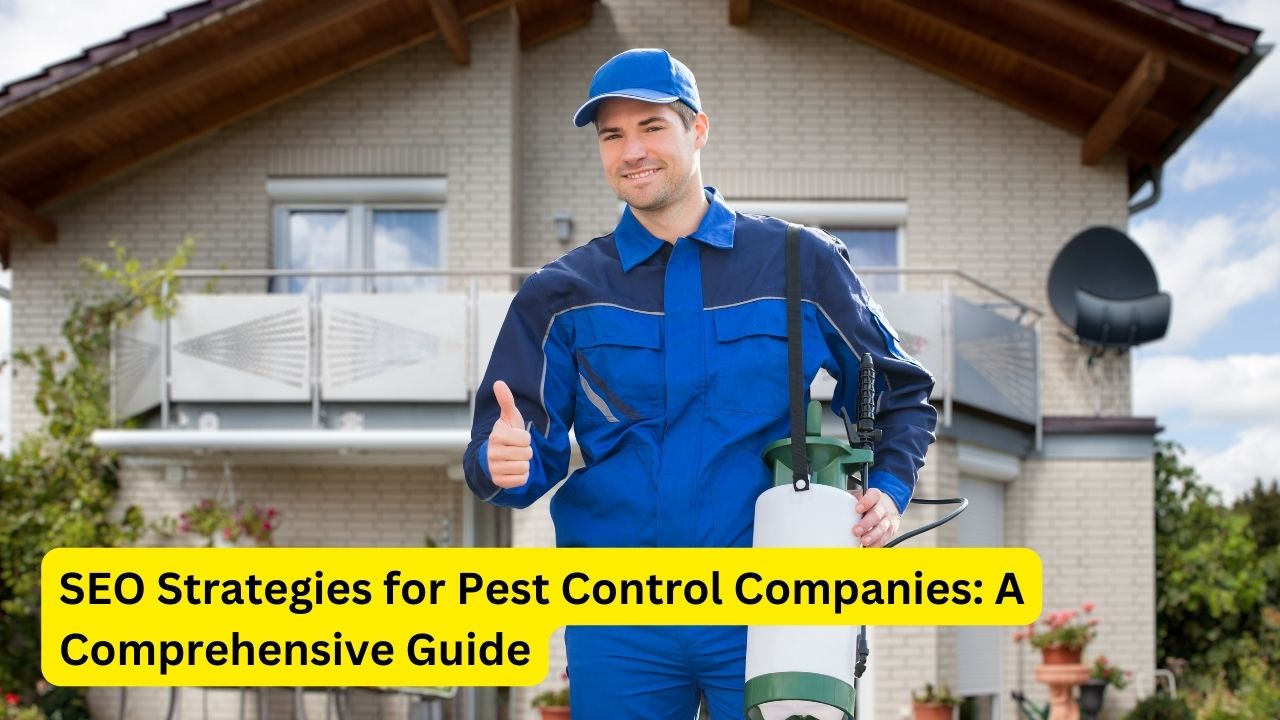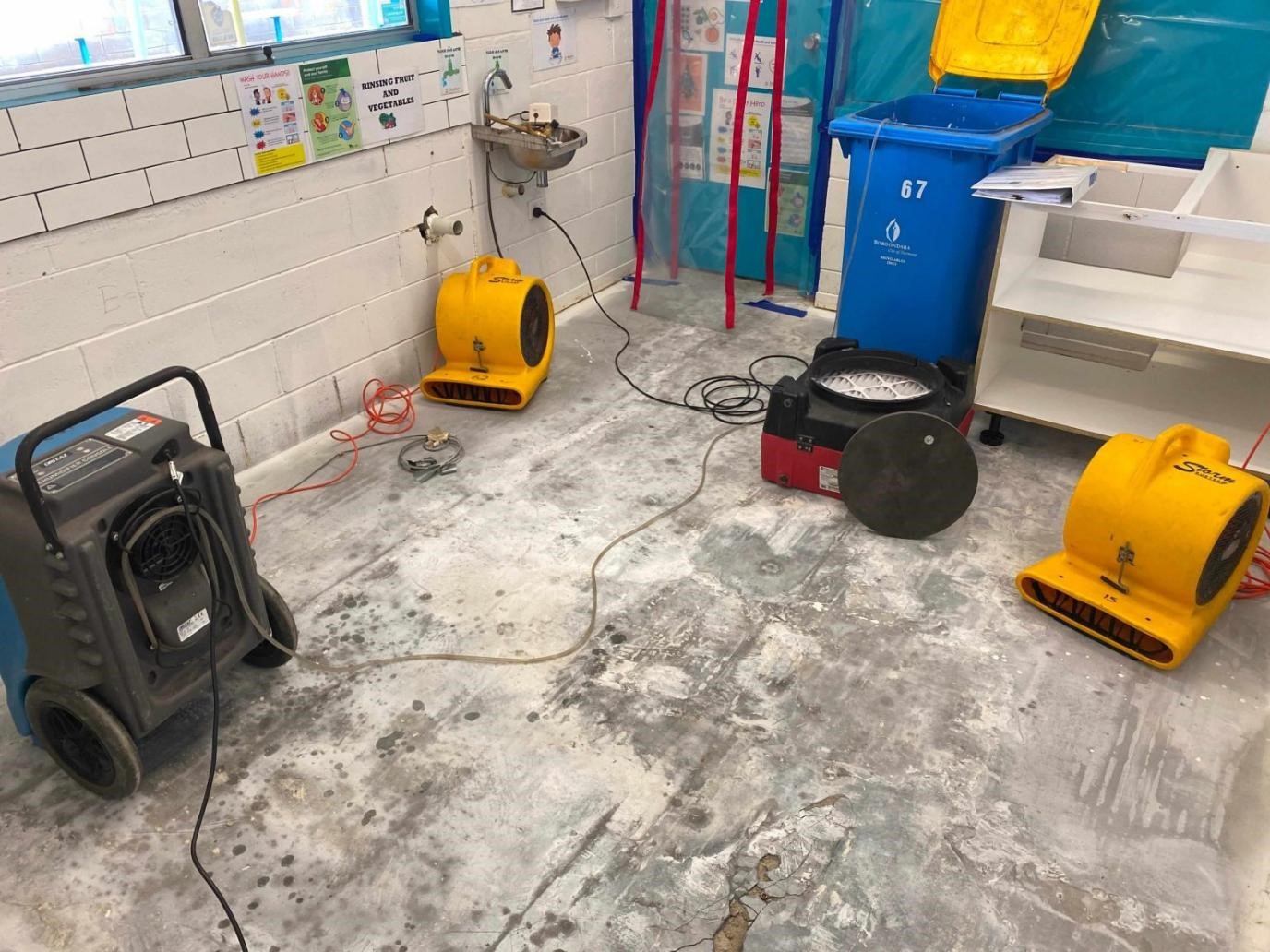In the competitive field of pest control, having a strong online presence is essential to attract new customers and grow your business. Implementing effective SEO strategies can significantly enhance your visibility on search engines, driving more traffic to your website and converting visitors into clients. This comprehensive guide on SEO for pest control companies will provide actionable insights and practical tips to help you optimize your website and improve your search engine rankings.
Keyword Research: Identifying High-Value Keywords Related to Pest Control Services
1. Use Keyword Research Tools
Tools like Google Keyword Planner, SEMrush, and Ahrefs provide data on search volume, competition level, and related keywords. They help in identifying specific terms like “termite control,” “bed bug extermination,” and “rodent removal” that potential customers are actively searching for.
2. Analyze Competitors
Studying competitors’ keyword strategies reveals which terms are successful in driving traffic to their sites. Tools like SEMrush and Ahrefs can show which keywords competitors rank for, giving insights into effective keywords relevant to your local pest control market.
3. Long-Tail Keywords
These terms tend to have lower search volume but greater conversion rates because of their specificity; they are lengthier and more precise. Examples include “affordable pest control services in [city]” and “emergency pest control near me,” which target customers with precise needs.
4. Local Keywords
Including city or region-specific terms in your keywords helps in attracting local customers. This localization improves your chances of appearing in local search results and enhances visibility among potential clients in your service area.
Local SEO: Importance of Local Citations, Google My Business Optimization, and Local Keywords
- Google My Business (GMB): Optimize your GMB profile by providing complete and accurate information, including your business name, address, phone number, and operating hours. Post new content to your profile and reply to reviews on a regular basis.
- Local Citations: Ensure your business information is consistent across all online directories and local citation sites. This includes platforms like Yelp, Yellow Pages, and local chamber of commerce websites.
- Local Keywords: Make use of geo-targeted keywords in your GMB profile, content, and meta tags. Keywords such as “pest control in [city]” or “exterminator near [city]” can help you rank higher in local searches.
- Customer Reviews: Inspire happy consumers to share their great experiences on review sites like GMB. Reviews play a significant role in local search rankings and trust-building.
Technical SEO: Site Speed Optimization, Mobile-Friendliness, and Structured Data
1. Site Speed Optimization
Optimize your website’s loading speed through various techniques such as image optimization (compressing images without losing quality), leveraging browser caching (storing parts of your website in visitors’ browsers), minifying CSS and JavaScript (removing unnecessary code), and utilizing a content delivery network (CDN) to deliver content faster to users globally. Additionally, focus on optimizing the critical rendering path, which includes minimizing server response times and prioritizing above-the-fold content to ensure rapid initial page rendering.
2. Mobile-Friendliness
Ensure your website is designed responsively, meaning it adapts seamlessly to different screen sizes and devices, including smartphones and tablets. Use a mobile-first approach when designing and testing your site, prioritizing touch-friendly elements, and readable fonts, and avoiding the use of Flash, which is not supported on many mobile devices. Validate your site’s mobile-friendliness using tools like Google’s Mobile-Friendly Test to ensure a smooth user experience across all devices.
3. Structured Data
To provide search engines more information about your content, use schema markup (organized data) on your website. Schema markup helps search engines understand the meaning and relationships between different pieces of content on your site, which can lead to enhanced search results with rich snippets. Choose appropriate schemas for your content type, such as articles, recipes, events, products, and reviews, to increase visibility and provide users with more informative search results. Validate your structured data implementation using Google’s Structured Data Testing Tool to ensure it is correctly.
Content Creation: Developing Pest Control Blogs, Service Pages, and Educational Content
1. Service Pages
Each service page should comprehensively outline the specific pest control service offered (e.g., termite control, bed bug treatment, rodent removal). Include detailed descriptions of treatment methods, benefits, and outcomes. Use customer testimonials, service area maps, and persuasive calls to action to encourage conversions. Optimize with relevant keywords for SEO.
2. Blogs
Regular blog posts should cover a range of pest control topics such as seasonal pest issues, prevention strategies, and benefits of professional services. Use catchy titles, incorporate visuals like infographics or videos, and encourage reader engagement through comments and social shares. Target long-tail keywords to attract organic traffic.
3. Educational Content
Develop educational resources like in-depth guides on pest identification, prevention techniques, and steps involved in professional treatments. How-to articles should address common pest-related challenges (e.g., “How to Detect Bed Bugs”). FAQs should anticipate client inquiries with authoritative answers. Enhance content with visuals and downloadable resources for added value and engagement.
Conclusion
Implementing effective SEO strategies is essential for pest control companies looking to improve their online presence and attract more customers. By focusing on keyword research, on-page optimization, local SEO, technical SEO, and content creation, pest control businesses can enhance their visibility and drive more traffic to their websites. Investing in pest control digital marketing is not just about boosting search engine rankings but also about building trust and providing value to potential customers. With the right SEO approach, your pest control company can achieve sustained growth and success in the digital landscape.









